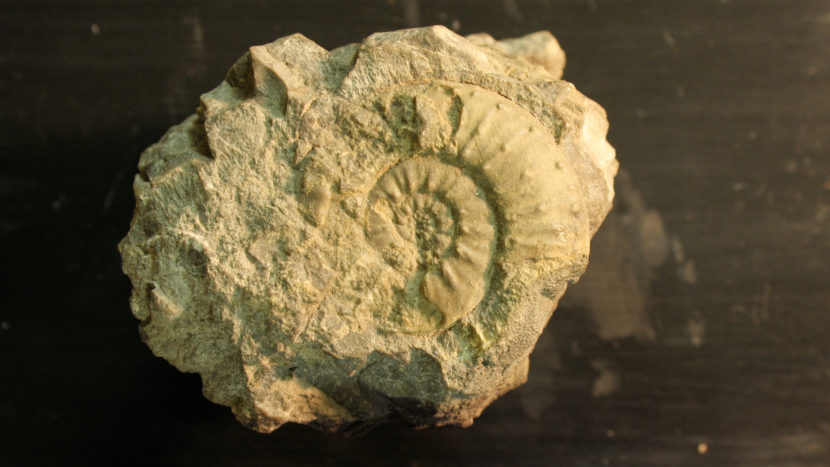Fossils, the remains or recognisable traces of once living organisms, constitute the museum’s richest collection.
The first to unearth and study the Grigne’s fossil invertebrates, back in the 1850s,was Antonio Stoppani, the Abbot, polyhedral naturalist, explorer, museum director, teacher, writer, scientist and populariser.
Most of the fossils displayed in the Museum are the shells of molluscs, such as gastropods, which twist themselves into a spiral on their vertical axis; bivalves with shells made up of two parts, usually symmetric, known as valves; cephalopods, which twist in a logarithmic spiral.
In particular you can see:
- sets of numerous organisms, probably buried when they had sheltered together from the currents in a pool or recess in the rocks;
- fine fossils recovered with the print left by the organism in the rock.
The Museum also illustrates how they were formed and how to recognize them.
→ see the palaeontology collection of the Museo delle Grigne on Wikimedia Commons
In the photo, a specimen of Arpadites telleri (photo Stefano Rossignoli / Wikimedia Commons)

